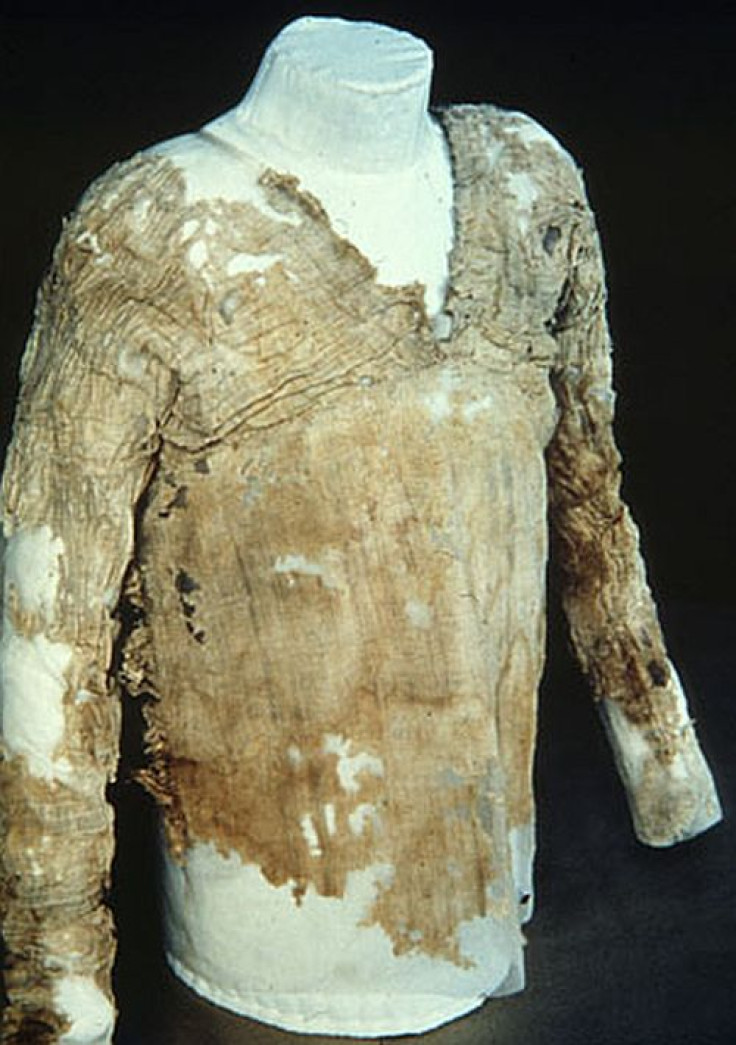5,000-year-old Egyptian Tarkhan dress declared world's oldest woven garment

Researchers have confirmed that a 5,000-year-old linen shirt is the world's oldest known woven garment ever found. The dress was excavated at Tarkhan, an ancient Egyptian cemetery dating back to about 3,000BC, in 1913.
The shirt, which became known as the Tarkhan dress, lay among a pile of textiles recovered from Egypt's First Dynasty cemetery, located 50km south of Cairo. It was discovered only in 1977 among the filthy bundle of cloth pieces during conservation and cleaning work by the Victoria and Albert Museum in London. The cloth piece was "carefully conserved, stitched onto Crepeline (a fine silk material used in textile conservation) and mounted so it could be seen the way it was worn in life".
Recent radiocarbon dating has now claimed the Tarkhan dress to be Egypt's oldest garment and the oldest existing woven garment in the world, Alice Stevenson, an author of the latest study on the age of the dress published in the journal Antiquity and curator of London's Petrie Museum of Egyptian Archaeology, said.
The study even suggests that the dress might pre-date the First Dynasty of Egypt.
The full-sleeve, V-neck dress features distinct pleating around the neckline and on sleeves. Creasing on the dress shows signs of wear, indicating that it was used in life, according to Rosalind Hall, who re-displayed the garment at the Petrie museum, where it is currently housed.
"The garment had clearly been worn in life, because it was found inside-out, as it very well might have be after having been pulled over the head with distinct signs of creasing at the elbows and under the armpits," Hall commented. She said the dress may have been used in funeral practice during the First Dynasty, a time when ancient Egyptian kings ruled over a united kingdom.
"The dress may have been placed in the tomb deliberately in an 'inside out manner' as a piece of funerary clothing. However, it is hard to make assumptions since the only context was the recovery of a garment amidst a pile of linen," she added.
According to researchers, the Tarkhan dress appears to have been worn by the elite. It is a cut, fitted and tailored garment as opposed to one that was draped or wrapped, Stevenson and co-author of the study, Michael W Dee of Research Laboratory for Archaeology and the History of Art in Oxford, noted.
© Copyright IBTimes 2024. All rights reserved.






